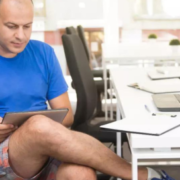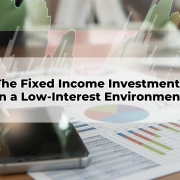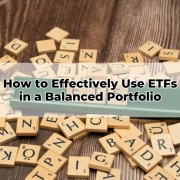How does a reverse mortgage work?
Table of Contents
ToggleAre you a senior citizen considering taking out a reverse mortgage? If so, it’s important to understand how the process works before making any financial decisions.
A reverse mortgage is one of the most complex home loans available – and due its complexity, many people are unsure about exactly how this type of loan works. We’ve broken it down for you here; from understanding what a reverse mortgage is through to exploring the restrictions when applying for one in Australia. So read on and find out if this could be an option for your retirement planning!
How does a reverse mortgage work?
As the population ages and senior citizens explore their financial options, reverse mortgages have become a popular choice.
A reverse mortgage is essentially a loan that homeowners can take out against the equity in their property, and the loan only needs to be repaid when the borrower moves out or passes away. The funds can be accessed either as a lump sum or as a regular income stream, which can be appealing for those who are retired and looking for financial flexibility.
However, reverse mortgages also come with some risks, so it’s important to do your research and speak with a financial advisor before diving in.
Overall, reverse mortgages can be a useful tool for those looking to tap into their home’s equity, but it’s important to understand the potential drawbacks as well.
What are the benefits of a reverse mortgage for Australian homeowners?
As a homeowner in Australia, you may have heard of reverse mortgages and wondered about their benefits. Well, let me tell you, there are several advantages to taking out a reverse mortgage.
- It allows you to access the equity in your home without having to sell it or downsize. This can provide you with a much-needed financial cushion in retirement or during difficult financial times.
- You get to stay in your own home and maintain ownership, which is reassuring for many Australians.
- There are no required repayments and the loan balance is repaid when the property is sold.
Overall, a reverse mortgage may be an excellent option for Australian homeowners who want to tap into the value of their homes without giving up ownership.
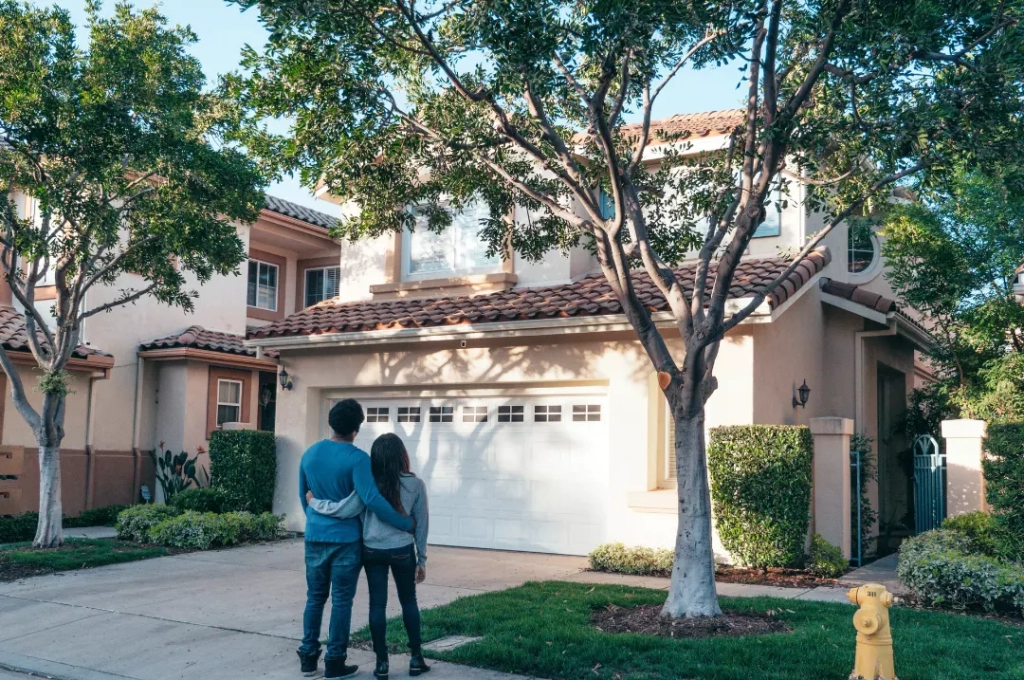
How is equity determined in a reverse mortgage?
Reverse mortgages have become increasingly popular in Australia as an option for retirees to access the equity in their homes. However, many people are unsure of how equity is determined in a reverse mortgage.
It is important to note that the amount of equity available for borrowing is influenced by several factors such as the age of the borrower, the value of the property, and prevailing interest rates. Typically, the older the borrower and the more valuable the property, the higher the amount of equity available.
Understanding the factors that contribute to equity determination is crucial for borrowers to make informed decisions about whether a reverse mortgage is the best financial option for them.
What are the eligibility requirements for reverse mortgage applicants?
Reverse mortgages can be a great source of income for retirees in Australia, but it’s important to know the eligibility requirements before applying.
To be eligible for a reverse mortgage:
- You must be a homeowner over the age of 60;
- Your home loan should be paid off;
- You also need to have equity in your home, which means that the value of your property must be greater than any outstanding debts secured against it.
- You must use the loan for personal purposes such as home repairs or medical expenses, and you cannot take out a reverse mortgage on an investment property.
Understanding these eligibility requirements can help you determine whether a reverse mortgage is the right option for you and your financial situation.

What are the potential downsides to taking out a reverse mortgage?
Reverse mortgages are becoming an increasingly popular option for many older Australians looking to unlock the equity in their homes. However, as with any major financial decision, there are potential downsides that should be carefully considered.
- Possibility of accruing interest on the loan, which can compound over time and significantly reduce the assets available to pass on to heirs.
- There may be upfront costs associated with taking out a reverse mortgage, including appraisal fees and origination fees, which can be relatively high compared to other kinds of loans.
- Because reverse mortgages involve converting home equity into cash, there is the risk of not being able to leave the property to heirs, which may impact family members’ long-term financial planning.
Overall, while reverse mortgages can be a useful financial tool for some older Australians, carefully weighing the potential drawbacks is essential before making any decisions.
How can I get started with a reverse mortgage?
For many older Australians, a reverse mortgage can be a financial lifeline that allows them to access the equity in their home to support their retirement. The process for getting started with a reverse mortgage in Australia can seem daunting, but it doesn’t have to be.
- Firstly, it’s important to educate yourself on how reverse mortgages work and the potential advantages and disadvantages.
- Then, research different lenders and compare their offers to find the best fit for your financial situation.
- Finally, reach out to a reverse mortgage specialist who can guide you through the application process and provide expert advice.
With the right approach and support, a reverse mortgage can provide a valuable source of income that enables you to enjoy your retirement to the fullest.
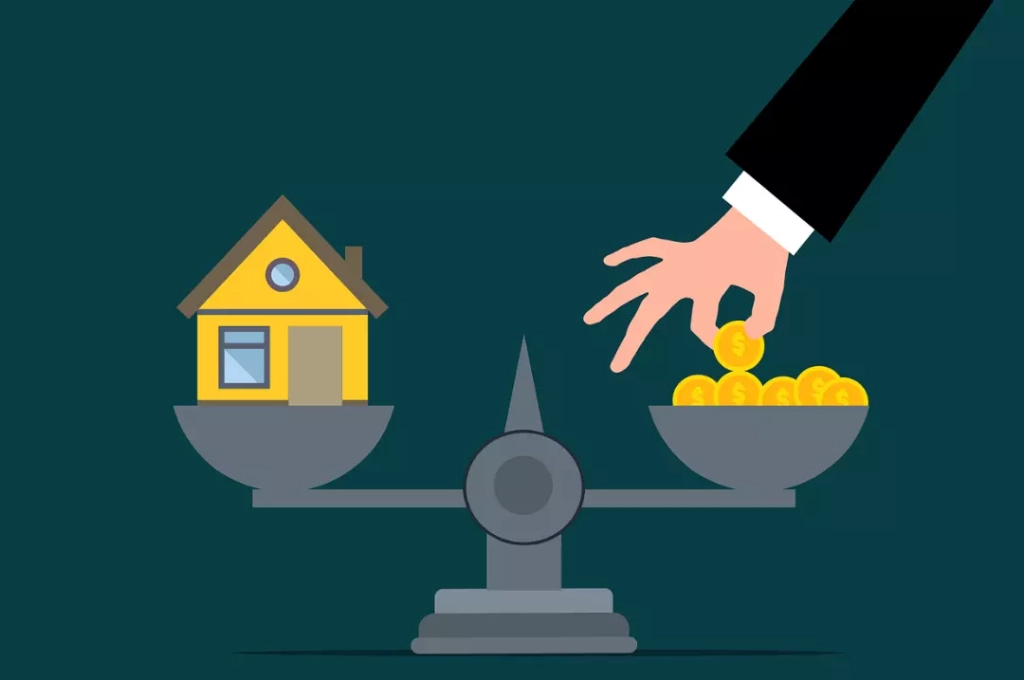
Reverse mortgages can be beneficial for elderly homeowners, helping them to unlock the equity in their homes and providing them with security in later life. However, it is important to consider the eligibility criteria carefully before taking out a reverse mortgage and to be aware of the potential downsides of such an arrangement.




